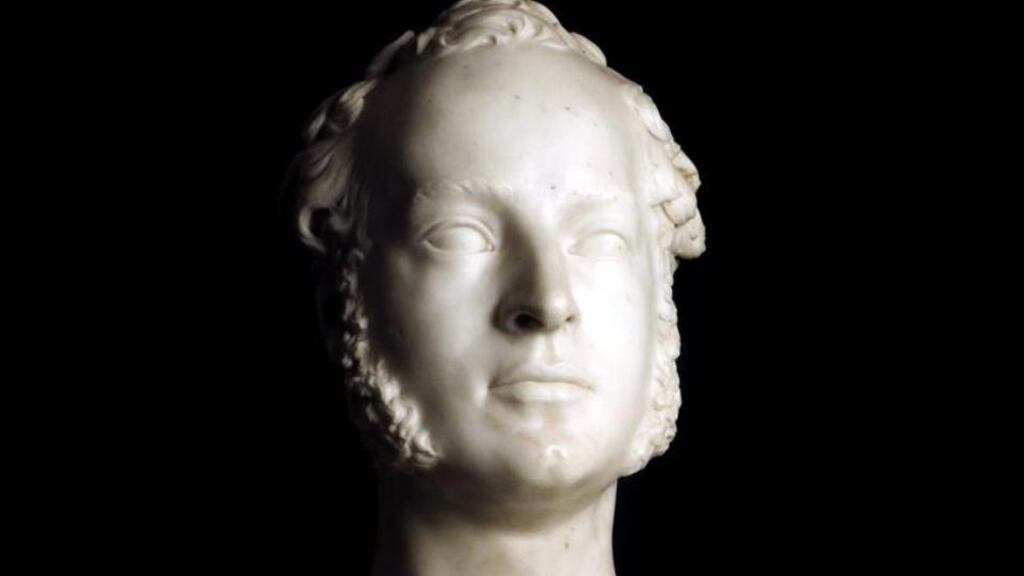A 19th-century marble bust of an English vicar, described as "the Irishman who would be King", is among the highlights in Matthews Auction Rooms' annual sale at Headfort House, Kells, Co Meath next Sunday, April 13th. The sculpture, estimated at €5,000-€8,000, by Thomas Sharp, is of Augustus FitzClarence.
Born in 1805, he was rector of Mapledurham, a village in Oxfordshire, and died in 1855. FitzClarence had an unusual claim to fame. He was the son of Waterford-born Dorothea Bland, an actress better known by her stage name Mrs Jordan, and the Duke of Clarence.
The couple’s liaison, which scandalised society, produced 10 “illegitimate” children who were given the name FitzClarence. Mrs Jordan was eventually dropped as mistress and died in poverty outside Paris in 1816. The Duke went on to become King William IV in 1830. His official spouse, Queen Adelaide, failed to produce an heir so after William’s death the throne passed to his niece who became Queen Victoria. But even among the “illegitimate” issue, Augustus wouldn’t have been first in line to the throne as he had older brothers from his parents’ illicit relationship.




















